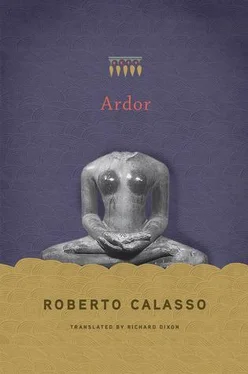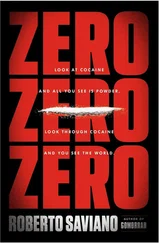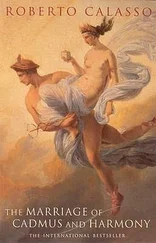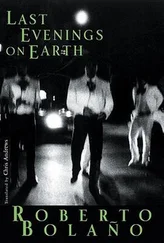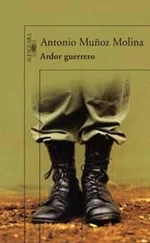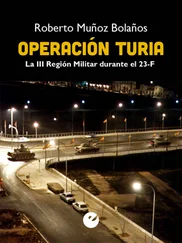* * *
There is something about sexual pleasure that makes it different from everything else, and supreme. “ Érōs aníkate máchan ,” “Eros invincible in battle,” wrote Sophocles — and he was never proved wrong. But why is this so? Once again, the most immediate and convincing answer was given by Yājñavalkya: “In the same way that a man in the arms of the woman he loves knows nothing else outside, nothing else inside, so too this person ( puruṣa ), embraced by the ātman of knowledge, knows nothing else outside, nothing else inside.” No other pleasure is so akin to ātman , because no other leads so closely back to the beginning, when ātman had the “form of Puruṣa”—and that Person, alone and previous to the world, “was the size of a man and a woman in tight embrace.”
* * *
According to Renou, the brahmodya , with its high element of risk, was the formal unit that linked the Brāhmaṇas to the Upaniṣads. As additional proof, in kāṇḍas 10 and 11 of the Śatapatha Brāhmaṇa and in the part dominated by Yājñavalkya in the Bṛhadāraṇyaka Upaniṣad , we meet “the same speakers, the same type of scenes, often the same particular phrasing.” So that it can be said not only that the Upaniṣads do not conflict, but also that “they are no other … than the faithful continuation of the Brāhmaṇas.”
Renou went even further: “It should be noted, looking deeper, that the very notion of brahman , as elaborated in the thought of the Upaniṣads, is also itself a product of the brahmodya : in the sense that it is under this form of dialectic and in this climate of dispute that the speculation on brahman , the nucleus of the Upaniṣads, is constituted.”
In the Bṛhadāraṇyaka Upaniṣad we find not only supreme examples of brahmodya , but also a first attempt by this form to slip away from itself, to leave its own shell and set off in a new direction, which — in the absence of any other term and even before the notion existed — might be described as that of the novel. The protagonist is still Yājñavalkya. But the tone suddenly changes. The great brahmodya with Janaka has ended and we reach the final section of the fourth “lesson” with these words: “At that time Yājñavalkya had two wives, Maitreyī and Kātyāyanī. Maitreyī knew how to speak of brahman , Kātyāyanī possessed the knowledge of women. When Yājñavalkya decided to start another kind of life, he said: ‘Maitreyī, I want to leave these places to lead the life of a wandering monk: so I want an agreement to be made between Kātyāyanī and you.’”
Here, for the first time, we are far removed from the climate of disputation and ritual. We are part of an intimate, sober, informal discussion between an elderly couple. The essence of the prose, of the prose that tells a story without any meter and without any ritual obligations, seems to be inviting us to eavesdrop on a private matter, the unique story of three people. The great brahmin Yājñavalkya takes leave of his readers through his two wives, Maitreyī and Kātyāyanī, about whom we know nothing except that one is versed in brahman while the other possesses the knowledge typical of women (whatever that might mean). It is a moment of great intensity, not only because it is the prelude to a discourse by Yājñavalkya that can be considered his final word on the ātman —and in particular on that “love for the Self” without which even brahman “abandons” us — but also because it is repeated twice in the Bṛhadāraṇyaka Upaniṣad , in similar terms (2.4.1–14; and 4.5.1–15). And it is at the end of his instruction to Maitreyī that Yājñavalkya repeats his negative definition of ātman , in exactly the same terms as those he had already used with King Janaka. This time Yājñavalkya does not leave the scene to move on to other disputations and other sacrificial gatherings. This time we read: “Having spoken thus, Yājñavalkya left.” The text continues for another two adhyāyas , without involving him further. That scene with Maitreyī, those words on ātman are his last appearance before he goes off into the forest. And the detail confirming that we have entered the world of the novel is that Yājñavalkya’s final concern was to establish an “agreement” between the two wives whom he was about to leave.
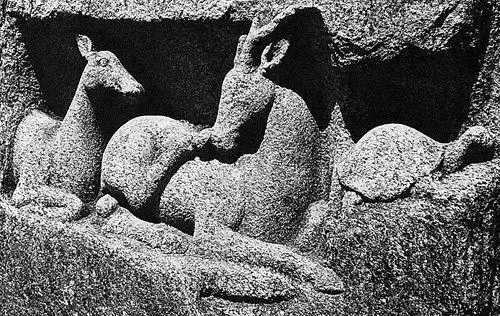
Consumed by the arrogance of knowledge, the young Bhṛgu, son of the supreme god Varuṇa, was sent off by his father into the world (into this world, according to the Śatapatha Brāhmaṇa , into the other world according to the version in the Jaiminīya Brāhmaṇa ) to see what knowledge alone could not reveal, to find out how the world itself is made. Without this, all knowledge is pointless.
In the east, Bhṛgu came across men who were slaughtering other men. Bhṛgu asked: “Why?” They answered: “Because these men did the same to us in the other world.” He saw the same strange scene in the south. In the west there were men eating other men and sitting about, calmly. In the north as well, amid piercing cries, there were men eating other men.
When he returned to his father, Bhṛgu seemed speechless. Varuṇa looked at him with satisfaction, thinking: “Then he has seen.” The moment had come to explain to his son what he had seen. The men in the east, he said, are trees; those in the south are flocks of animals; those in the west are wild plants. Last, those in the north, who cried out while they ate other men, were the waters.
What had Bhṛgu seen? That the world is made up of Agni and Soma, of these two brothers. Brought up as two Asuras in Vṛtra’s belly, they abandoned him to follow the call of another brother, Indra, and to pass over to the side of the Devas. Then “one of the two became the devourer and the other became food. Agni became the devourer and Soma the food. Down here there is nothing else than devourer and devoured.” And there are these two poles in everything that happens, without exception and at every level. But Bhṛgu discovered something else: the two poles were reversible. At a certain moment the positions will switch, indeed they will have to switch, because this is the order of the world. This explains why all that is said about Agni can also, at a certain moment, be said about Soma. And vice versa. A phenomenon that had already baffled Abel Bergaigne.
The revelations that Bhṛgu came across were set one within the other. First of all: the final act from which all others followed was the act of eating — or at least the act of severing, of uprooting. Every act that consumes a part of the world, every act that destroys. There is no neutral state, no state in which this doesn’t happen. The act of eating is a violence that causes what is living, in its many forms, to disappear. Whether grass, plants, trees, animals, or human beings, the process is the same. There is always a fire that devours and a substance that is devoured. This violence, bringing misery and torment, will one day be carried out by those who suffer it on those who inflict it. Such a chain of events cannot change. But the serious damage, the paralysis that this causes in those who become aware of it, can — we are told — be treated, remedied. This is Varuṇa’s knowledge, which Bhṛgu could not have learned without the impact of what he saw when he traveled the world — or the other world. And what was the remedy? The very act of perceiving that which is — and of manifesting it, not just with words, but with gestures: in this particular case, with a series of gestures to be carried out in the agnihotra , the most basic of all rites. Pouring milk into the fire — every morning, every evening — meant accepting that what appears disappears and that what has disappeared serves to give sustenance to something else, in the invisible. This was the lesson that Varuṇa sought to give his son.
Читать дальше
